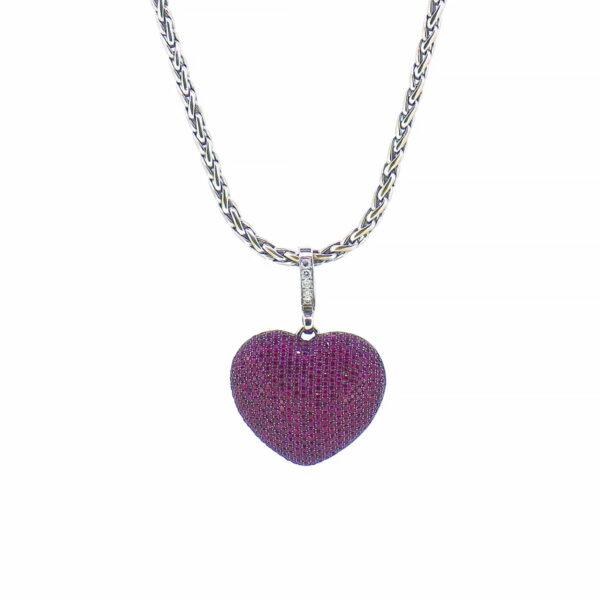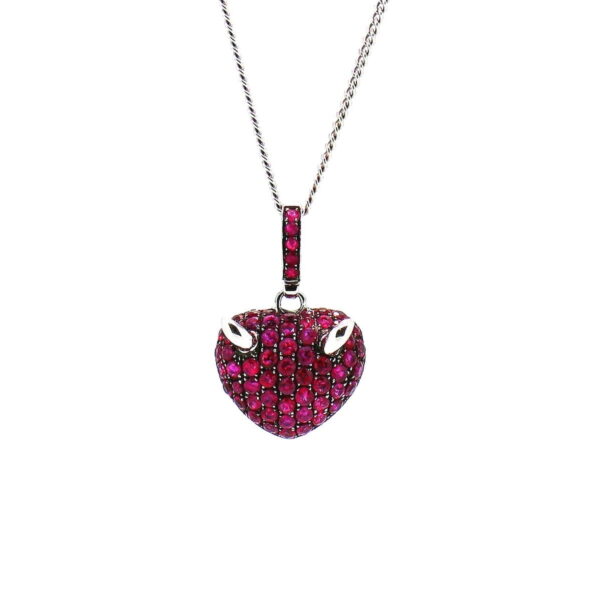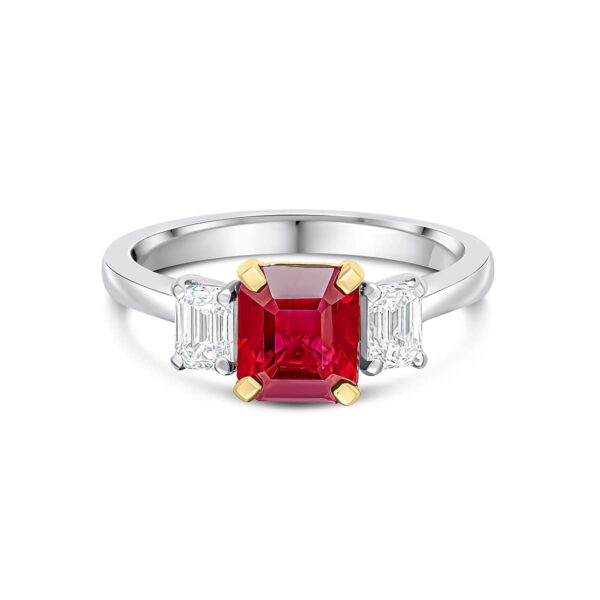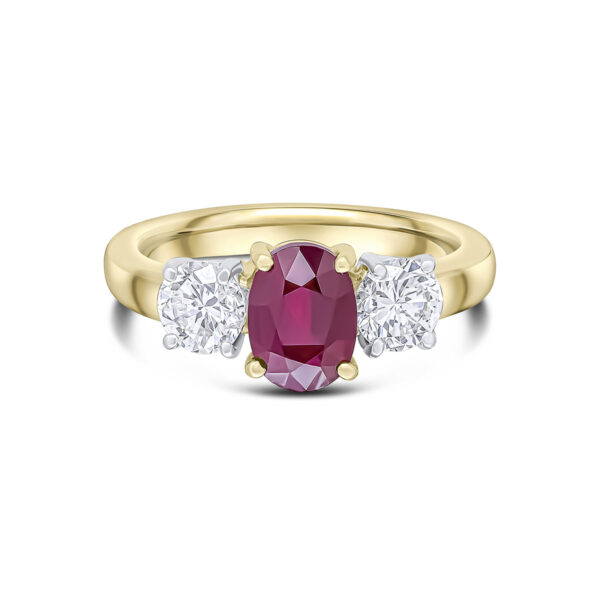Buyer Guide To Rubies
When you decide to buy rubies, you’re investing in a lasting symbol of love and vitality. The factors of Colour, Clarity, Cut, and Carat collectively determine a ruby’s value.
Colour: Top-quality rubies possess a deep “pigeon’s blood” hue. Tone and saturation also influence the gem’s overall worth.
Clarity: Minimal inclusions signify a high-value ruby, although some natural flaws are acceptable and don’t markedly lower the stone’s worth.
Cut: The cut is crucial not just for shape, but for enhancing the ruby’s innate sparkle and colour.
Carat: Carat refers to the size of the gem, with larger stones generally being more valuable. However, quality should never be compromised for size alone.
For those looking to diversify their wardrobe, ruby jewellery such as ruby rings and necklaces offers various options. Ruby engagement rings make for a unique, meaningful gesture, while Natural rubies surpass synthetic ones in both quality and investment value. To gauge the ruby stone price, seek guidance from trusted grading agencies.
Accessorise with earrings, pendants, and bracelets to complete your ruby collection. If you’re a July baby, the ruby is your birthstone, adding a personal touch to your investment.
In summary, buying rubies involves balancing several considerations like colour, clarity, cut, and carat, as well as your personal taste and budget. Equip yourself with this knowledge for a satisfying and well-informed purchase.
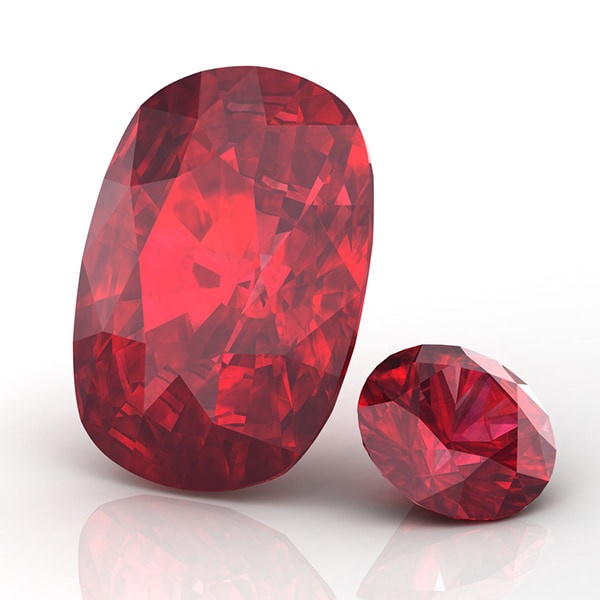
Ruby
Locations Where Rubies are Found
Ruby is a precious gemstone that has been prized for its beauty and rarity for thousands of years. The first historical references to ruby can be traced back to ancient India, where the gem was highly valued for its rich red colour and was often associated with love and power.
Over time, ruby was also mined and traded in other parts of the world, including Southeast Asia, where it was highly sought after by rulers and wealthy merchants. Some of the most famous ruby mines in this region include those in Myanmar (formerly Burma), Thailand, and Vietnam.
In more recent times, ruby has also been discovered in other parts of the world, including Africa, Australia, and the United States. Some of the most notable ruby mines in Africa include those in Mozambique and Madagascar, while those in the United States are primarily located in North Carolina.

